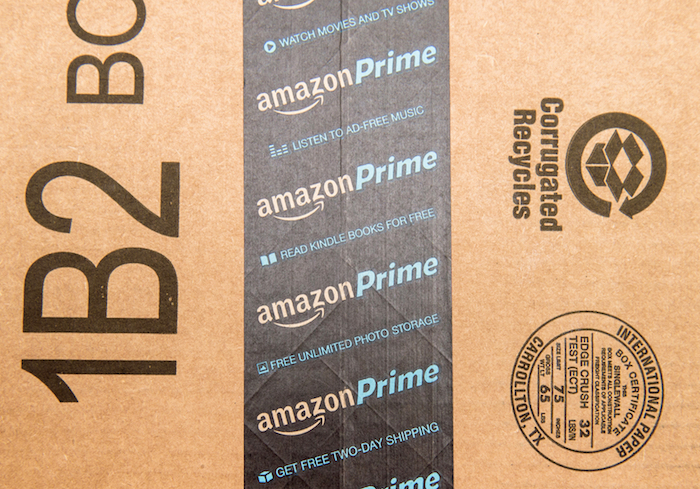
Amazon saw its biggest Prime Day in the company’s history, with its larger retailers seeing a 54 percent increase in sales during the event. According to Adobe Analytics data released on Wednesday (July 18), larger retailers — those with over $1 billion in annual revenue — can attribute the boost in sales to increased conversions on their own sites.
Even Amazon’s rivals reaped the rewards of Prime Day. Target‘s one-day sale on Tuesday (July 17) was its biggest online shopping day of the year, in terms of both traffic and sales, according to reports. Walmart promoted free, two-day shipping and cut prices on Google Home devices as a counter to Amazon’s Echo sales. And eBay wasn’t able to comment on its sales before reporting its earnings — the site had advertised exclusive deals at 80 percent off of items’ retail prices.
According to Retail Leader, Director of Adobe Digital Insights Taylor Schreiner said, “We’ve seen a 55 percent lift in online sales YOY [year over year] over the course of Prime Day for large retailers — massive growth that we attribute to shoppers making purchases online with a variety of retailers. As a result of Amazon’s holiday increasing in popularity, numerous retailers offered deals on their own sites to combat Amazon, turning mid-July into a mini holiday shopping season. People love to comparison-shop, with many turning to Amazon’s competitors to compare deals and prices. Prime Day has turned into a huge opportunity for all online retailers.”
Not all retailers benefitted from Prime Day, however. Niche retailers — those with under $5 million in revenue — saw an 18 percent decrease in their online sales on Prime Day, Adobe said.
Prime Day is now seen as the kickoff to back-to-school shopping season. Adobe predicts that July through September will be the fastest-growing quarter of 2018 in the U.S., with back-to-school shopping on track to generate $57.79 billion in online revenue.